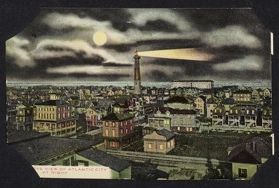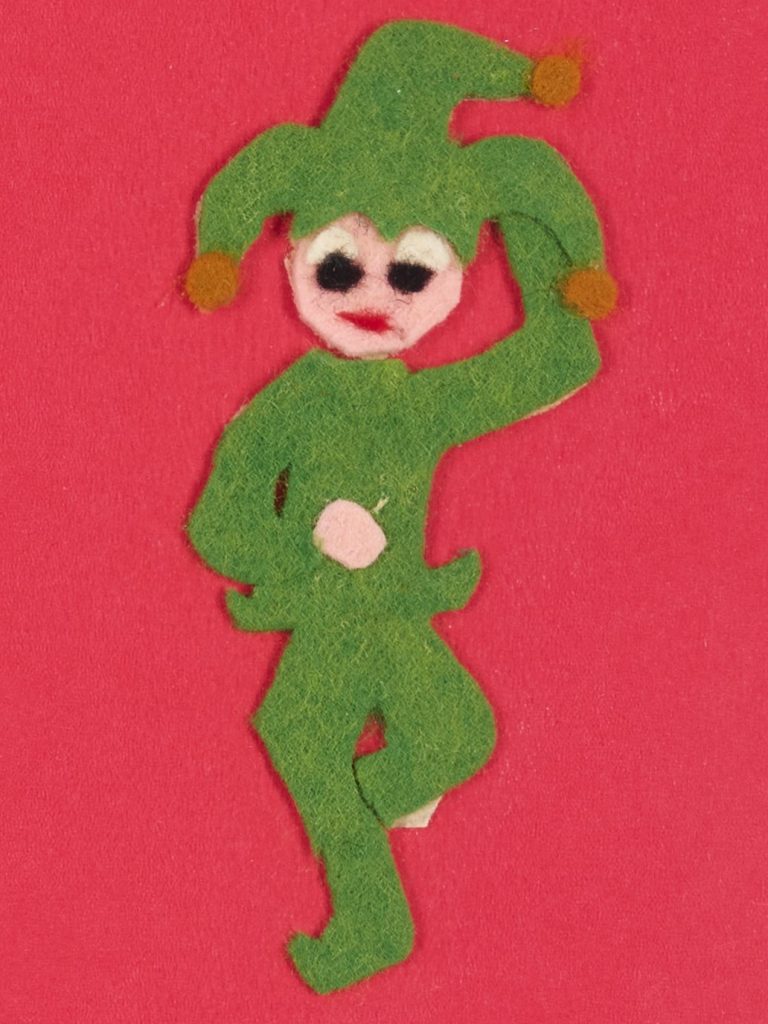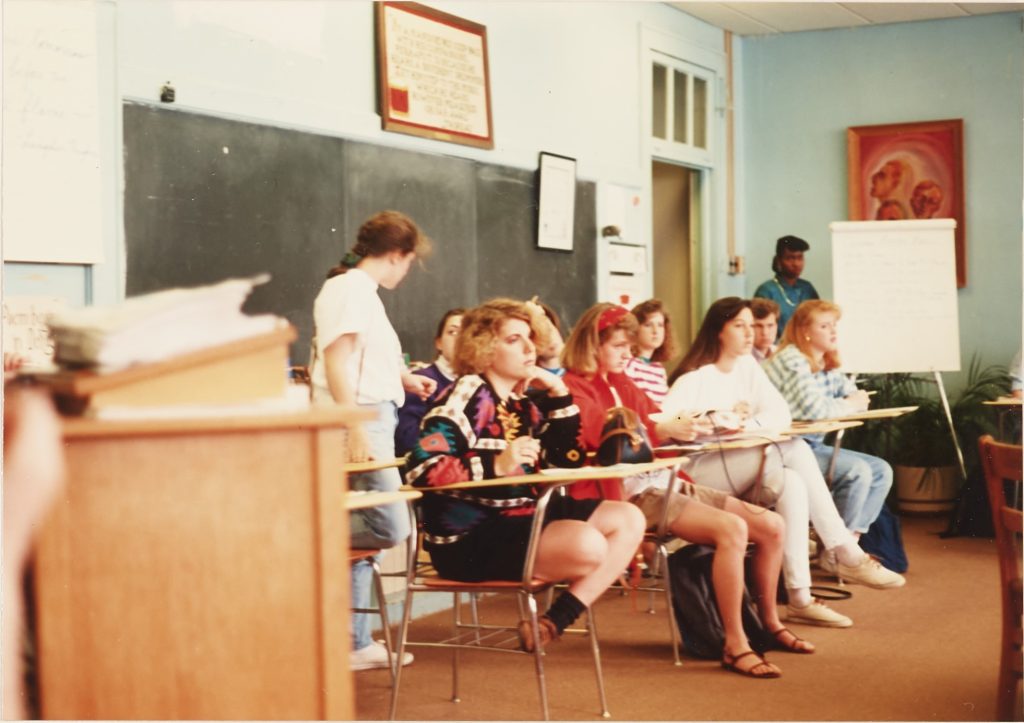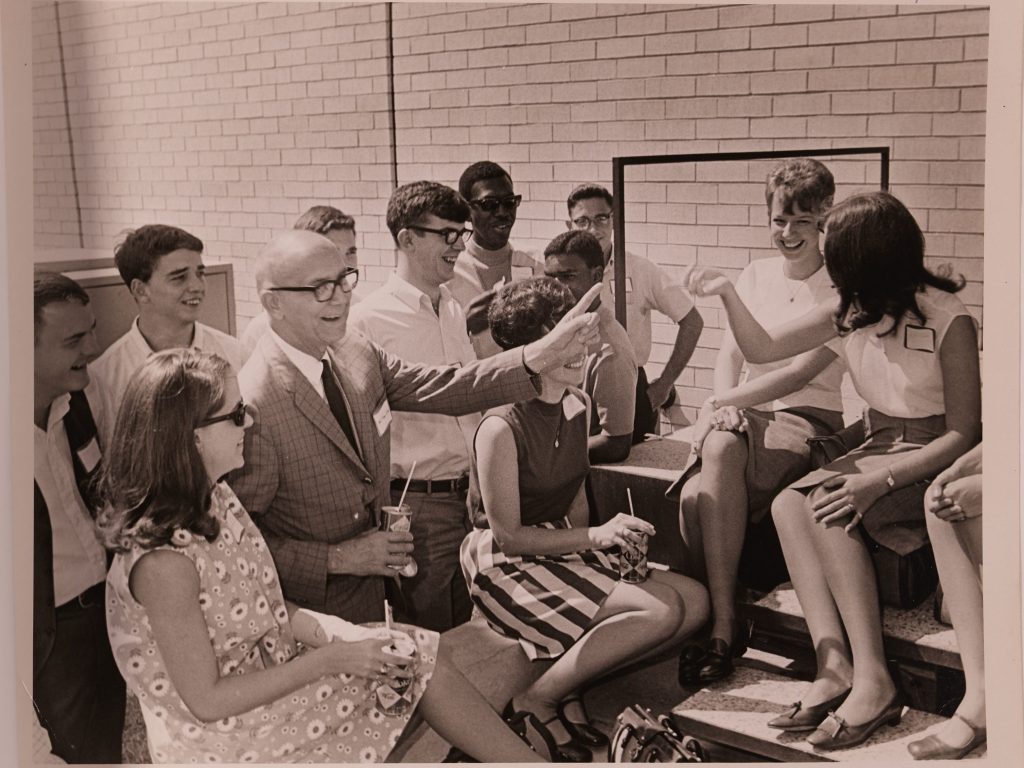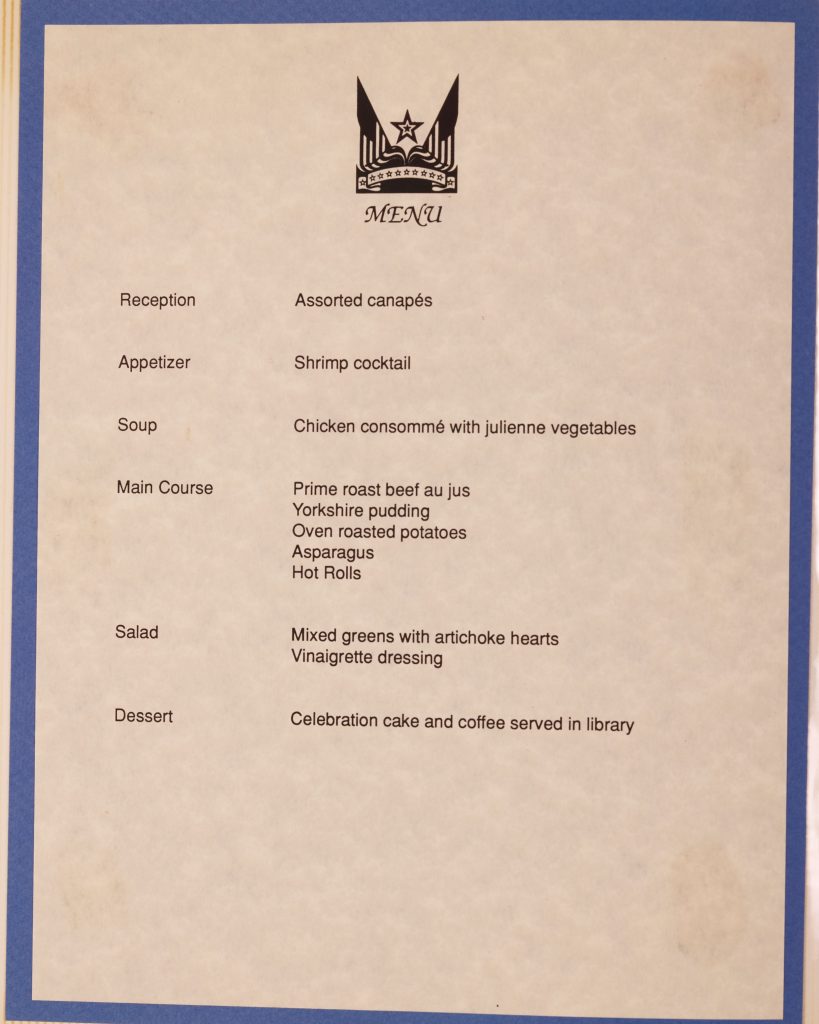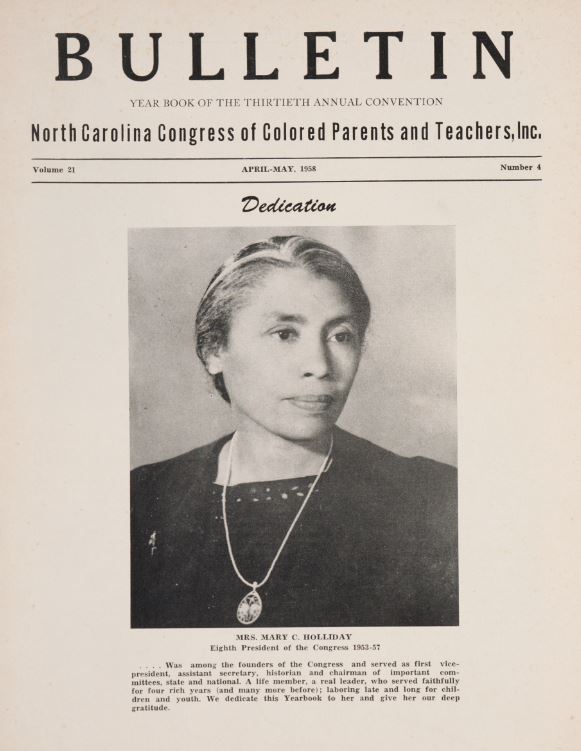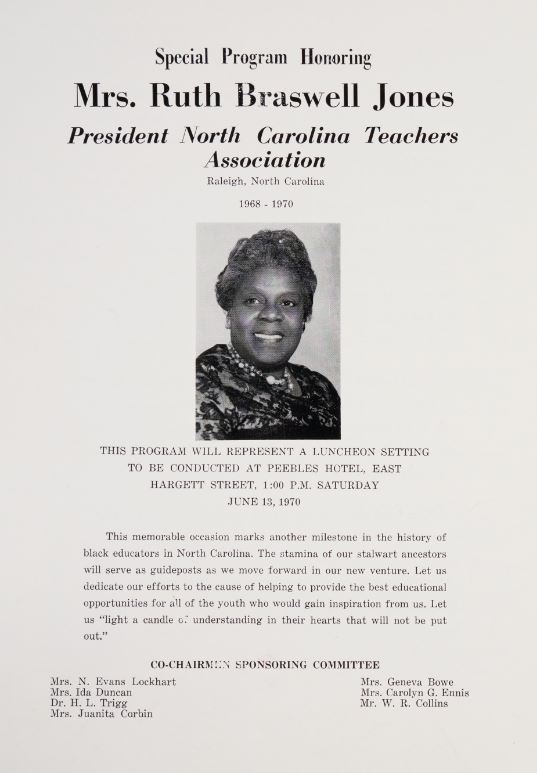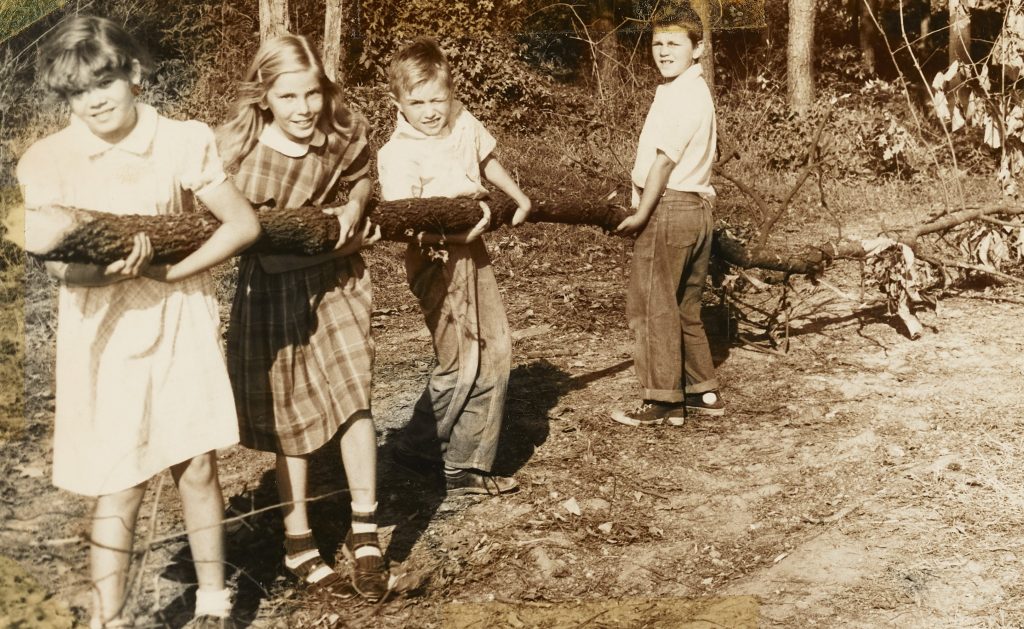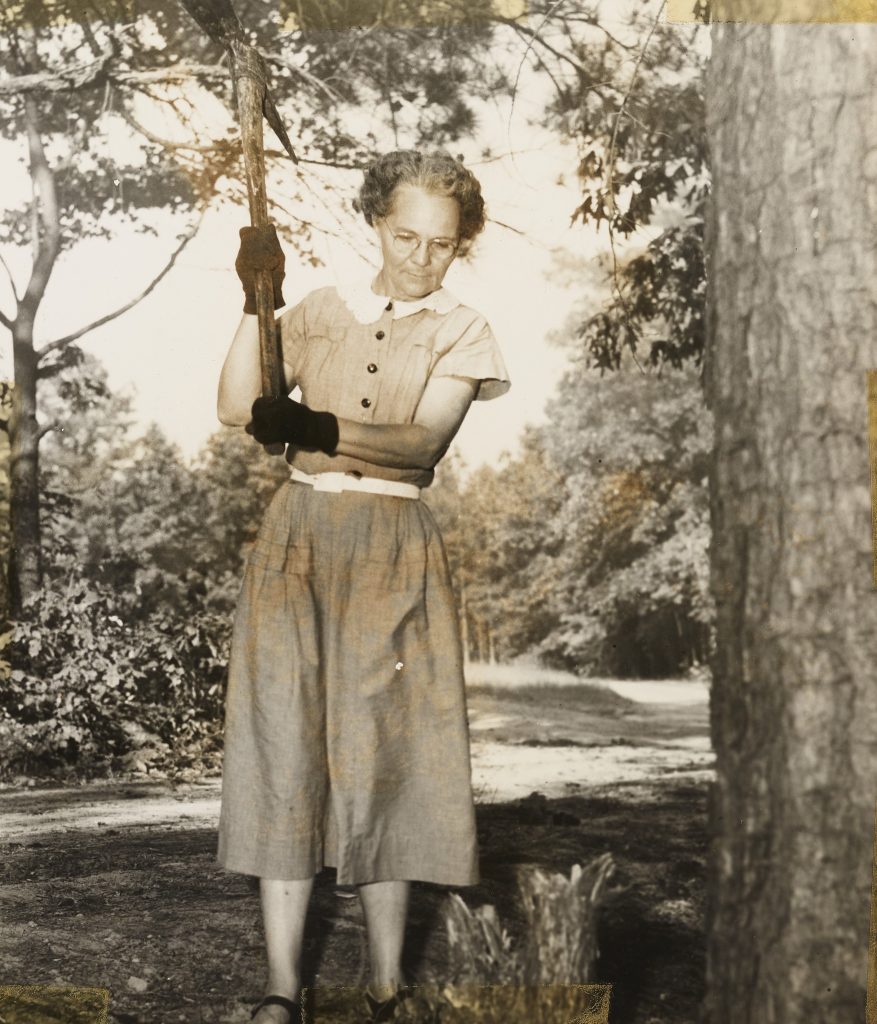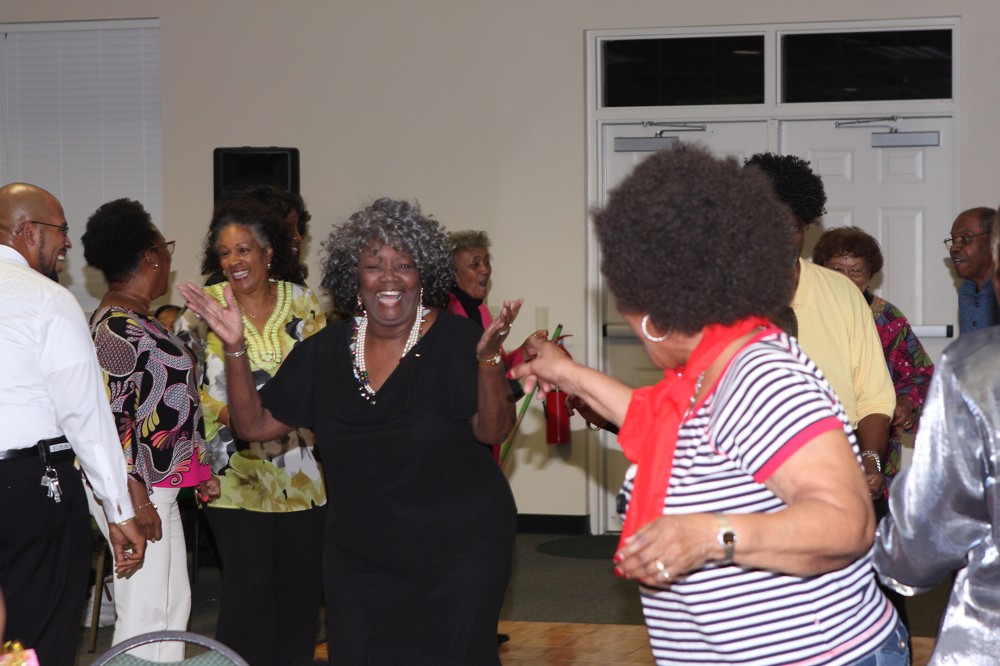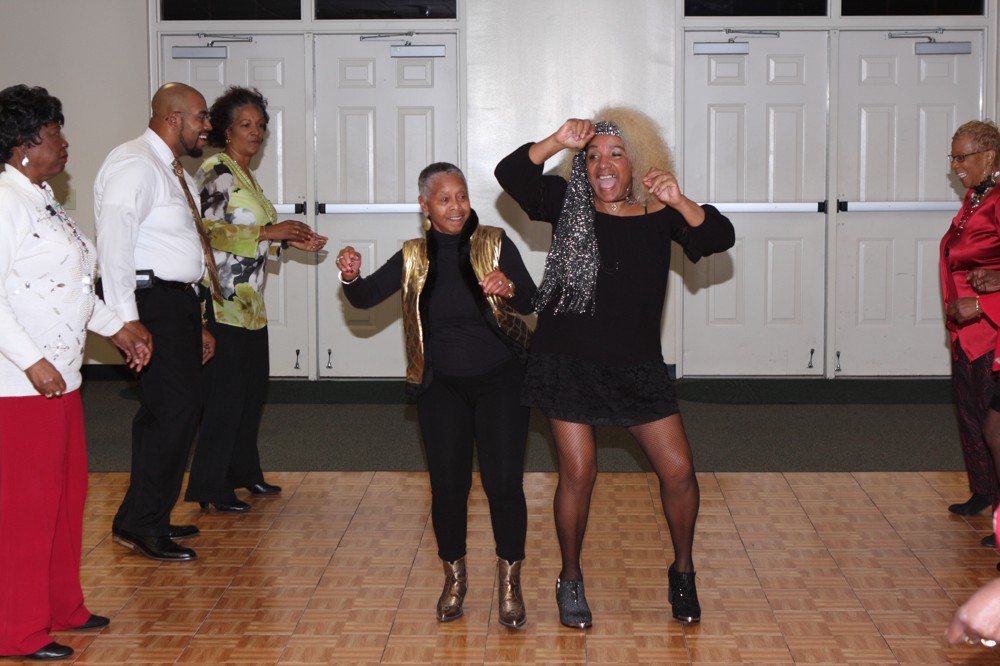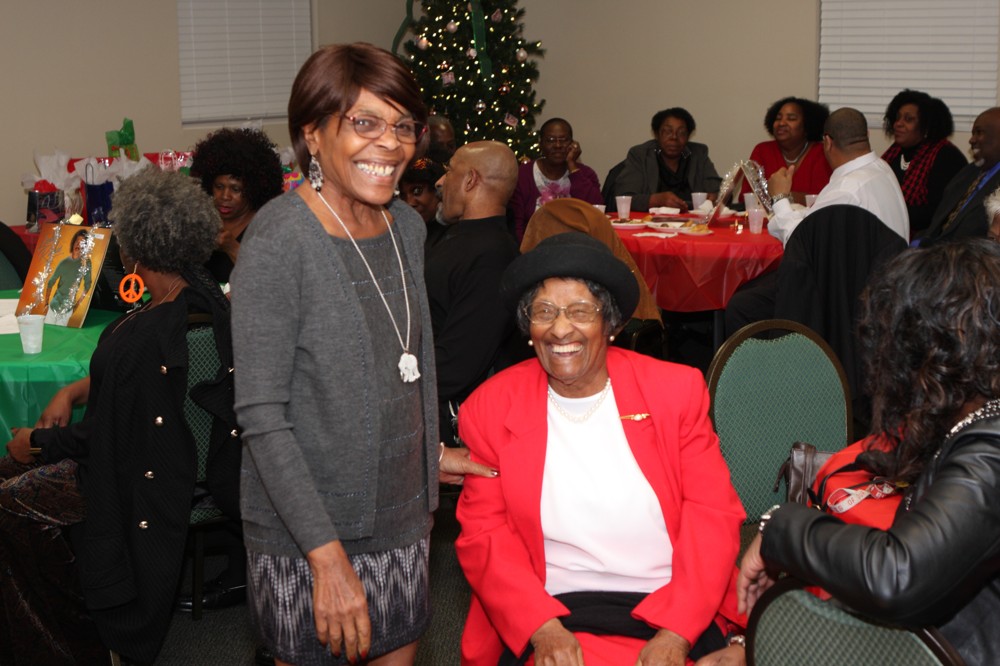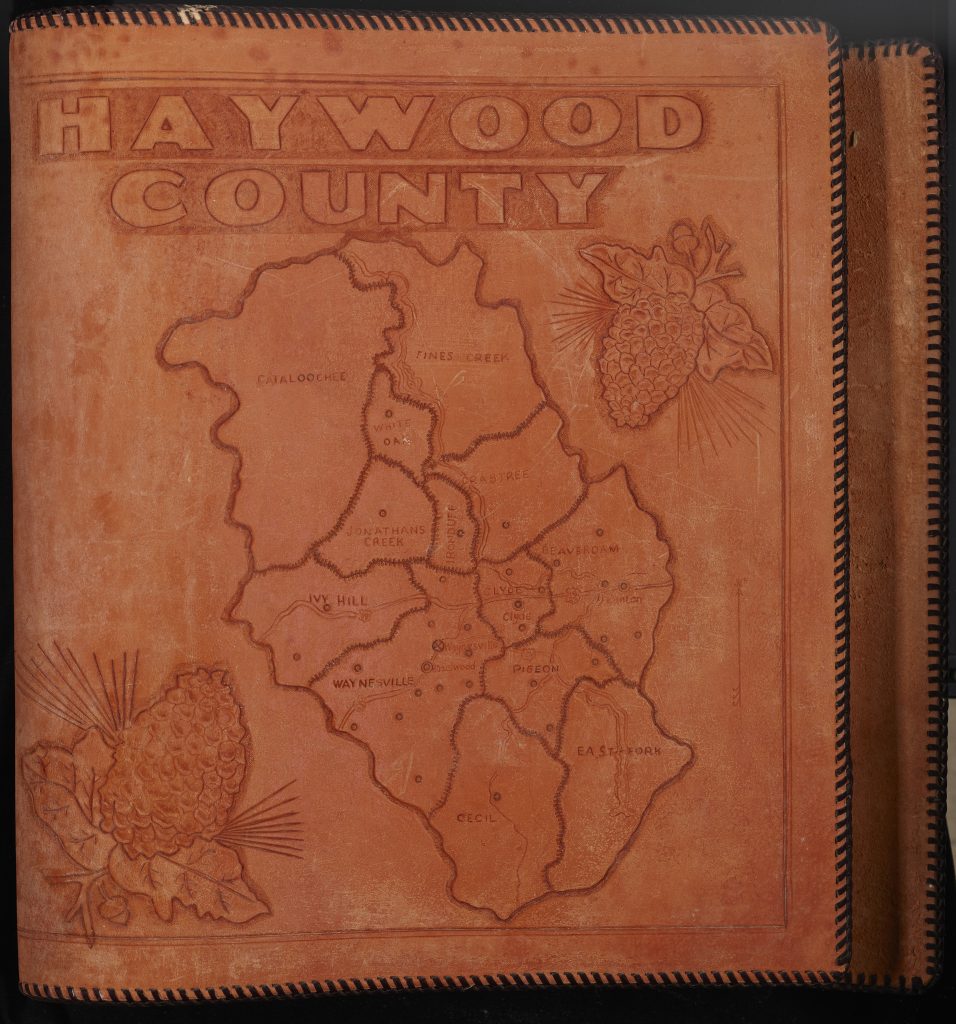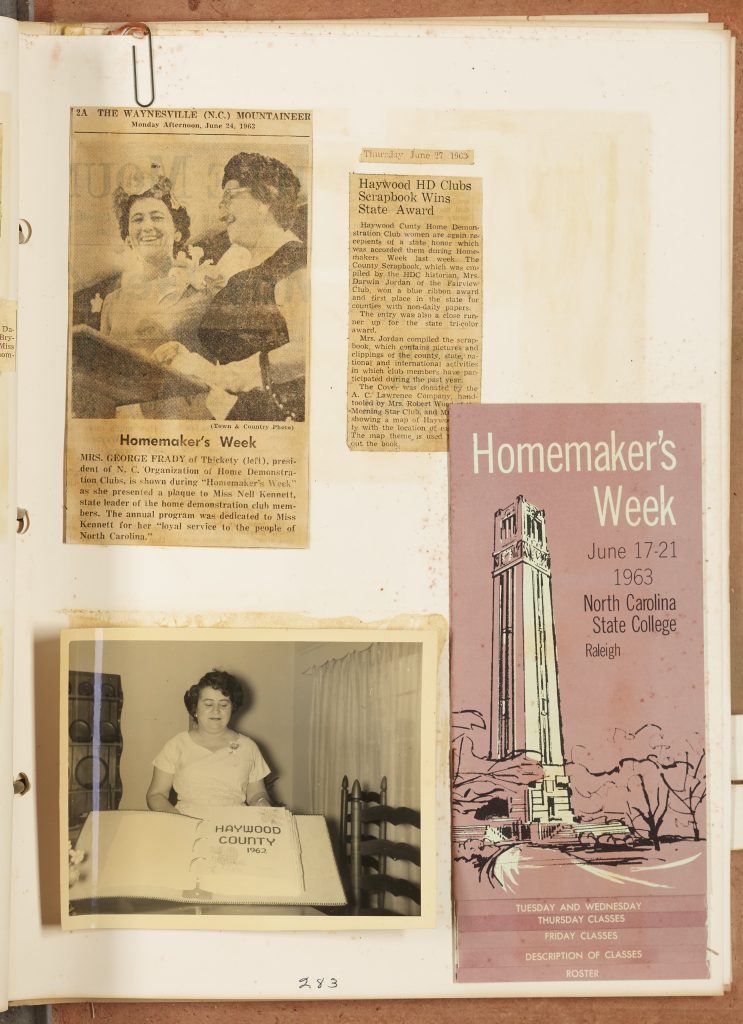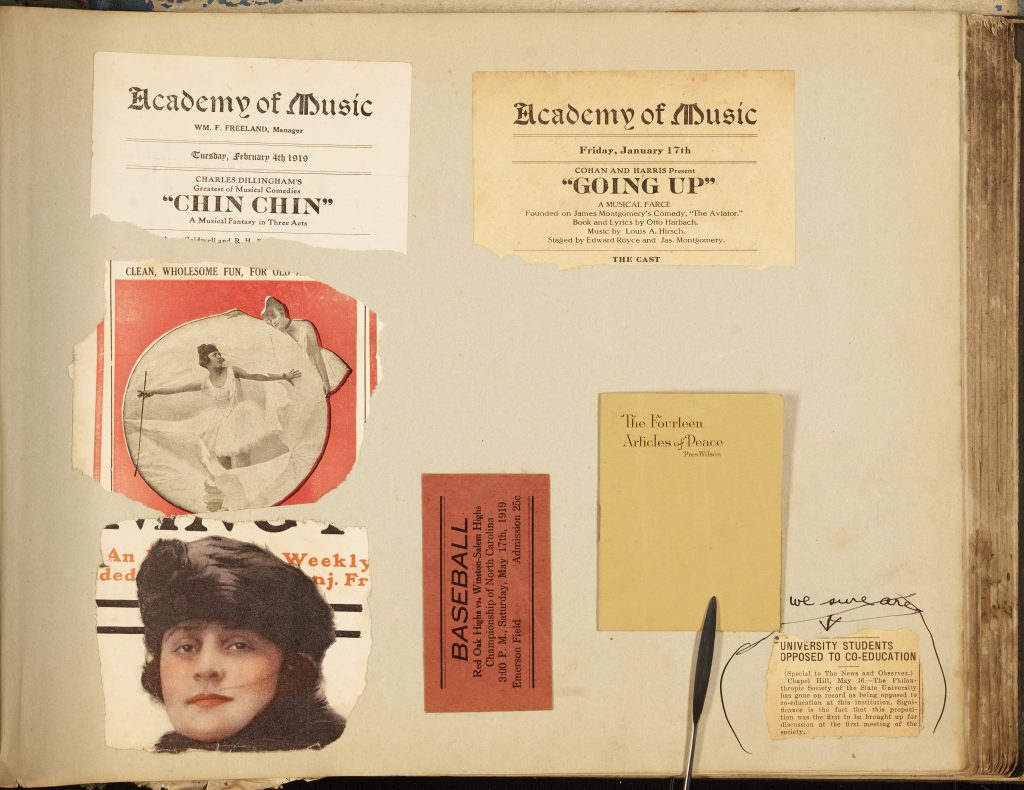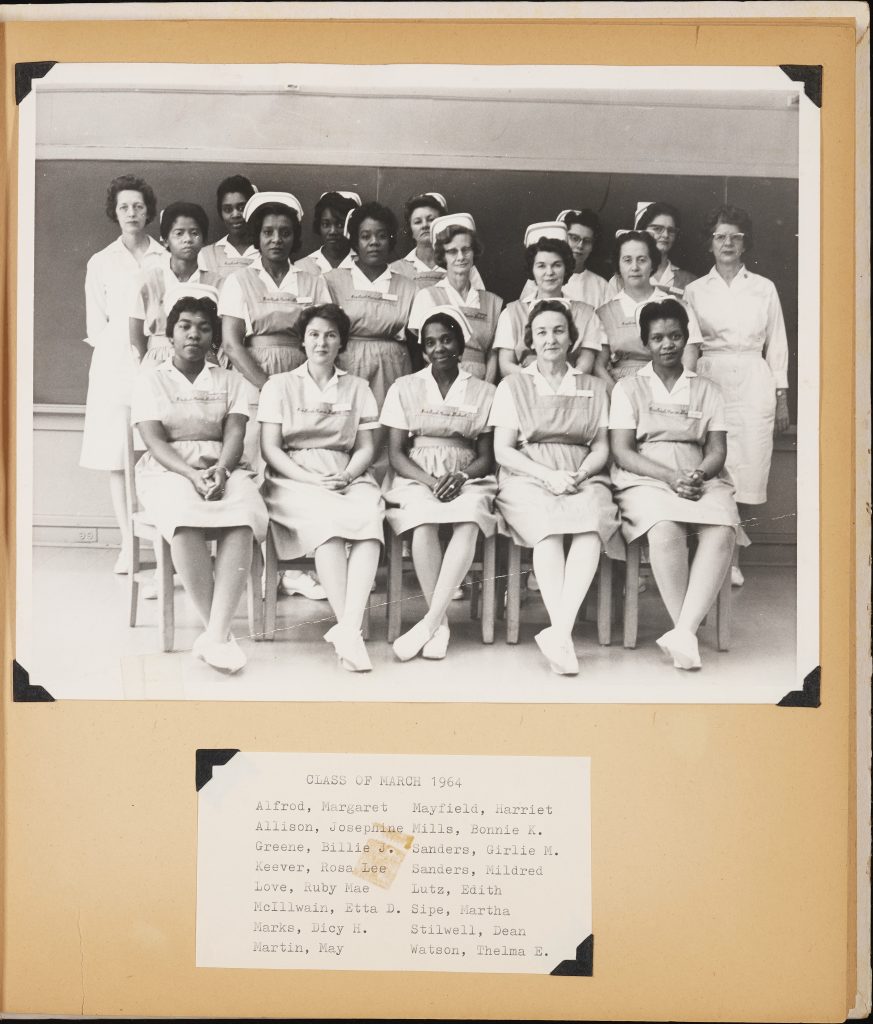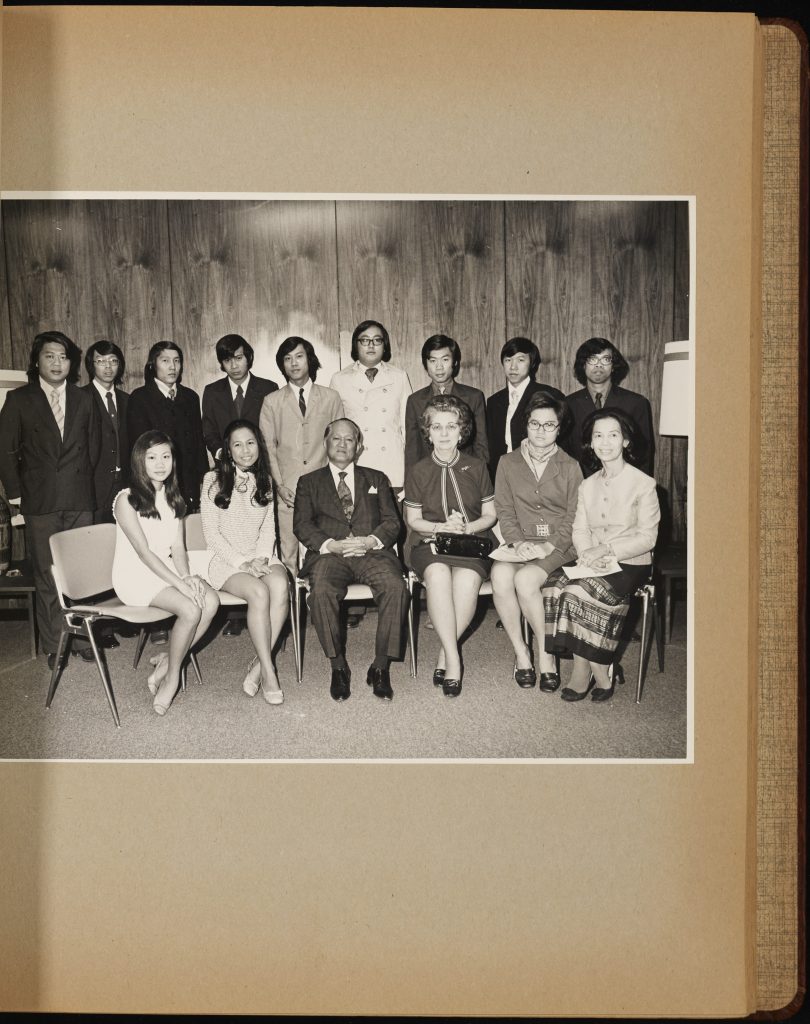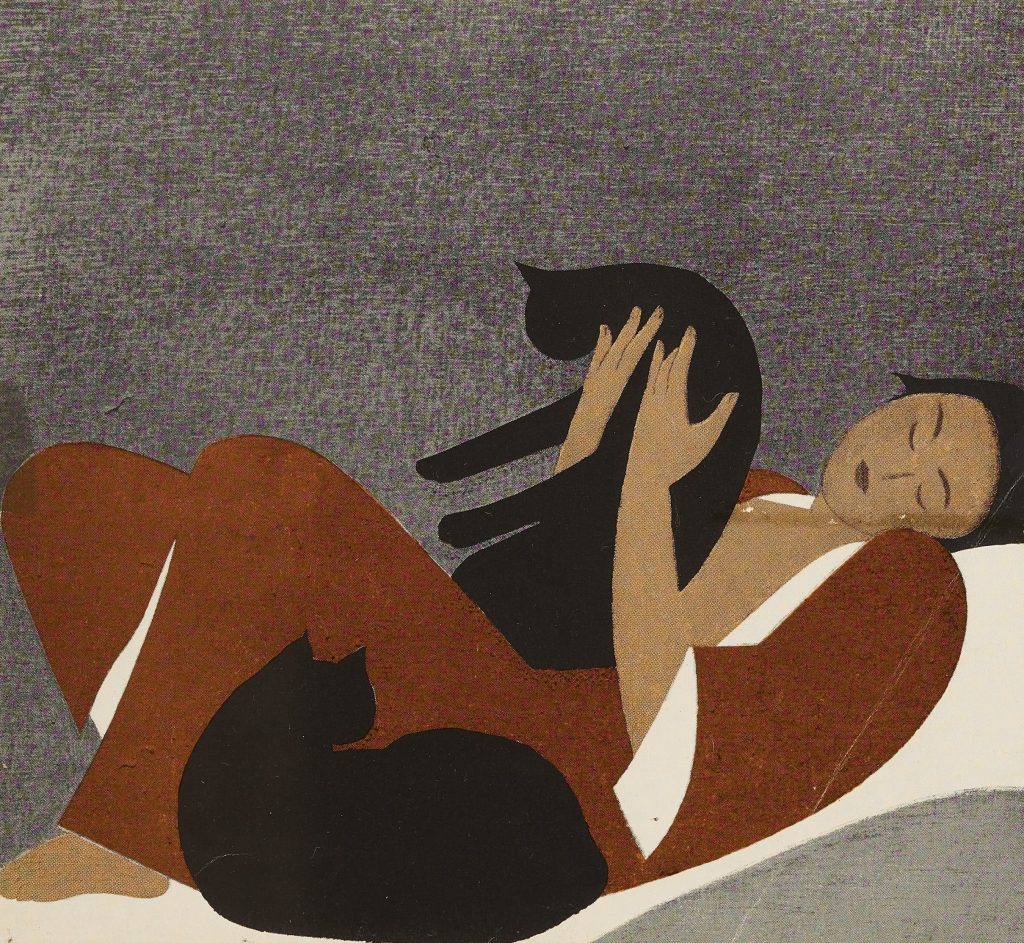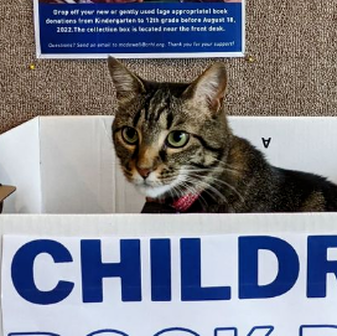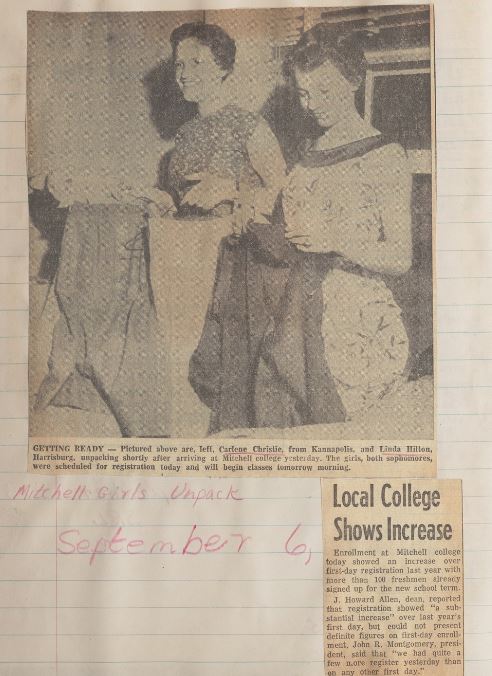Together with our partners at the Museum of Haywood County History, DigitalNC is proud to announce the addition of six new scrapbooks! This collection exemplifies the grand variety of content that can be found within scrapbooks, covering American news during the second world war, postcards and souvenirs from across the world, and the operation of home demonstration clubs. This astonishing array of subject matter and material from across the world exemplifies the increasing global awareness of North Carolinians throughout the mid-twentieth century, reflecting the growing perception of Americans as global citizens. And, as is typical for many of Haywood County’s scrapbooks, some are beautifully bound in engraved local leather.
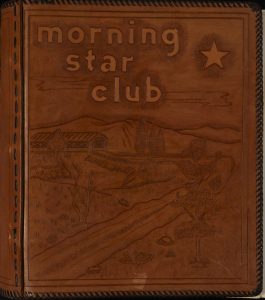
Perhaps the most colorful example of global citizenship within this batch is the scrapbook of Mrs. Maggie Ellen Morgan, a world traveler that collected a vast array of postcards during her travels across Europe, America, and Africa. Each postcard has a beautiful illustration or photograph of the sights seen by Mrs. Morgan, along with occasional notes on her travels. These postcards not only reflect post-war tourism, but are in many cases historical artifacts that portray important cultural and historical sites during a time of reconstruction and reinterpretation.
You can discover these colorful (and oftentimes whimsical) postcards, along with the other new scrapbooks, online at DigitalNC’s website here. Interested in learning more about Haywood County history? Find our collection online here, or visit our partners at the Museum of Haywood County History at their website here.
